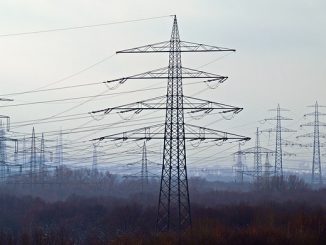
Some countries, such as Switzerland, have made market fragmentation a kind of trademark: Swiss utilities rarely exceed the threshold of 200,000 residential customers. Other countries, on the other hand, give the impression of having dominant national players such as, for example, France, Italy or Spain. The reality is not so pure and, alongside the dominant players, operate smaller utilities (i.e. Soregies, GEG in France, IREN Torino in Italy, Estebanell in Spain). Nearly all European energy markets are home to these rather integrated players.
What is their place on the market? What is their future in the face of the various consequences of the energy transition and the restructuring of markets?
Most of them have a great asset that could envy many of the majors of the energy market: their flexibility, their speed, the most fashionable of us would say their agility. Their small relative size allows them to escape the heavy operation of the behemoths, leaders on the market. Nevertheless, their agility remains limited by a cautious operation, probably related to the requirements of continuity of service that do not allow risk-taking.
They also have a strength that protects them, in the short term, from many turbulences: proximity to their customers. All are seen as local actors, having been part of the landscape for a long time. But the digitalization of the customer relationship, if it serves as a basis for building a new type of intimacy with customers, will certainly upset these established positions. This threat, perceived by a majority of small energy companies, acts as a spur pushing them to excel and use their agility to differentiate themselves.
The threat is however different from one country to another. Where small energy companies are numerous and visible, the regulator takes them into account and tries not to break their momentum. On the contrary, it seeks not to deprive the market, that it structures, of an important dynamism, a competition beneficial to the consumers and a diversity from which the richness of the deployed solutions is born. In countries where they are in the minority, their specificities are scarcely considered and they must be in the wake of the leaders, their country losing by this way the advantage of plurality.
One difficulty threatens them: that of facing the invasion of the energy world by technologies. These utilities deploy Smart Meters? Only with small quantities, they can not benefit from the most competitive prices because they are also consumers of technical support during the deployment. They want to offer their residential customers a PV + storage integrated solution? The cost of testing and developing the offer is much the same as for a large utility but the ability to support it is very different. They want to provide a platform for the valuation of flexibilities on primary and fast reserves? The size of their market is not attractive enough to amortize such a platform, regardless of the chosen business model.
This difficulty explains why small utilities put their agility at the service of differentiations that consume little capital: innovations in the commercial approach, digitization of customer relations, subsidized offers. But does it protect them sufficiently and sustainably?
Small energy companies must therefore learn to work together to increase their purchasing power, share R&D efforts or living lab initiatives without losing their specificity. The most threatening option for them is probably to ally themselves with leaders: they risk losing their difference and being absorbed in a growing homogeneity. To avoid such risks, the “small” utilities must group together by staying below a minimum size (500,000 customers seems to be a maximum) and learn to collaborate in large numbers. This networking is not in their genes: another innovation to feed.




Leave a Reply